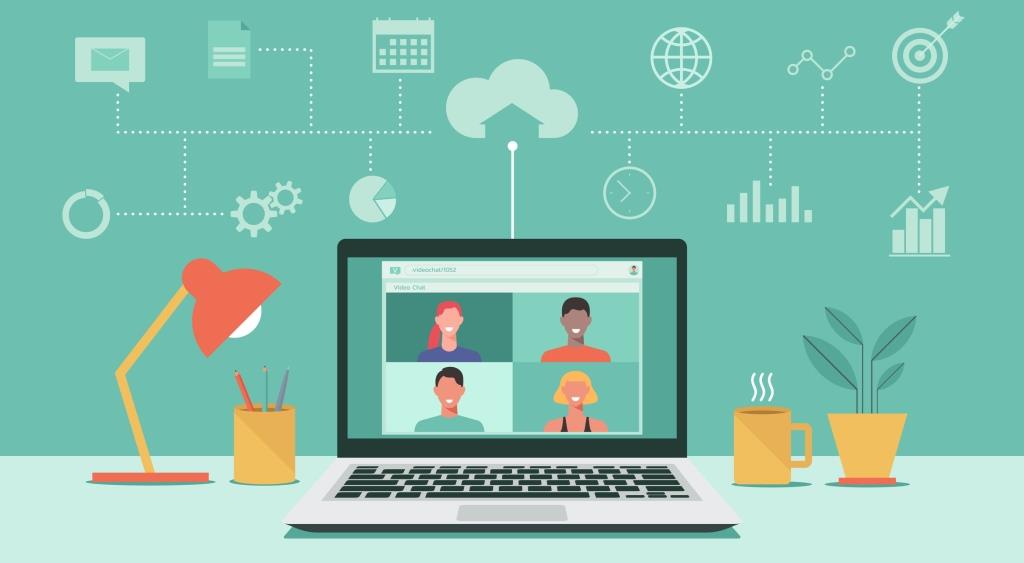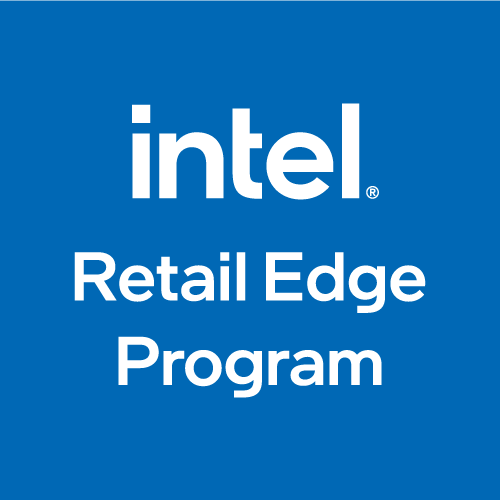5/6/21

Pulse is a purpose-built social learning, communication, and collaboration platform. I had an opportunity to sit down with Maguire to discuss using engagement platforms to train corporate employees.
Formal eLearning can be an effective and a practical opportunity to promote new concepts and ideas while helping to create community and build effective and engaged teams. Maguire views similar presentations, platforms, and group learning experiences as an ongoing process, a learning experience that is identifiable, measurable, and based on engagement, changed behavior, and new skillsets.
Watching a video on a new topic has value; however, it doesn’t guarantee that the viewer will take action. Similarly, taking a test or quiz does not ensure that important ideas and suggested practices are learned. Nor does it guarantee that the benefit will be worthwhile to either individual participants or the corporate sponsor.
In truth, without involvement and motivation, much online learning is ineffective over the long term.
So, what does it take to transform a learning management system (LMS) into something more than a system that manages learning? Let’s look at four capabilities that take an eLearning platform to the next level.
I often refer to what I call the "Big Hairy Audacious Goal," or the BHAG that drives all content development attempts for a learning environment. You should set goals and know your primary objective and endgame.
Then—and this is important—those well-defined goals must be formulated and communicated to everyone involved, your design team, instructors, and participants.
Maguire adds that it’s essential to look at what you are trying to create from a behavioral perspective and determine what you want the outcome to be from your audience as they experience learning. It is valuable to look at the capabilities of your platform more holistically.
Yes, you are going to deliver learning, but what else can your audience expect? What other capabilities are needed to transform learning from a single, distinctive event to learning as an ongoing process?
Once you determine the outcomes, you should ensure that the system you use has everything needed to support those outcomes.
Traditional LMS platforms sometimes lack the components needed to generate real engagement and excitement. The learning or training material is important, but how you present it is much more critical.
When content is delivered in a one-size-fits-all manner and offers little to no variety, odds are there will be little to no engagement other than participants powering through to finish the training.
How do you inspire your people to incorporate new strategies into their sales techniques? How do you generate more involvement and investment in the training? How do you motivate your team for more effective and more consistent performance?
I previously discussed ten ways to best drive audience engagement and addressed some of the shortcomings of eLearning platforms. Some systems don’t include a community dimension or even gamification functionality, capabilities vital to your teambuilding efforts.
These two functionalities alone deliver more than just learning; they are amazing tools that drive engagement and motivation.
Maguire agrees and touches back on desired outcomes and using a holistic approach. An LMS delivers and manages your training, but perhaps you need more capabilities. Some of these might include:
He further adds that if you are attempting to take a team down a behavior path to do something fundamentally different, you need to think about how you build the right engagement platform for your business to get the team across the finish line.
By taking a holistic view, you won’t end up with several different systems; a learning system over here, a discussions platform over there, and a video sharing dropbox here. The right system will include a multitude of ways to inspire, engage, and motivate your audience.
Everyone loves a good story, and great storytellers tell the best ones. Storytelling requires knowing the audience; otherwise, the punchline or message falls flat.
Our earliest communication was writing on cave walls, interjects Maguire, and we’ve been telling stories since. Yet, that is often the missing element in content delivered through an LMS.
He explains that there is no correct length for high-quality content. It just needs to be concise; it needs to say what’s important to hear as efficiently as possible.
For example, no one goes into the sequel of their favorite movie and says, "I hope this is over in 46 minutes." He adds that if he is watching something that will make his life easier, better, generate more money, or produce more value for the world; he’s not in a rush to get through it.
At the same time, if the content is terrible, 30 seconds is too long.
Think of your training content as a way to deliver your story, told by someone passionate about the topic. Maguire believes that what is often missing from the motivation of a team-based environment is engaging content.
At times, engaging content can appear almost as an afterthought in some systems. An instructional designer is hired, gets handed a stack of subject matter expert sheets, and is asked to create content for which he or she has no passion. No passion for a subject requires going through an arduous process of transferring information to a screen, and it shows.
Yet, someone with a real passion for the subject, the product, or the service can create something remarkable.
Content is a projection of the individual who creates it and is often presented in the format best suited to his or her learning style. It’s essential to incorporate various learning styles into your content and program development.
I’ve written previously about engineers creating content about the technical marvels they’ve produced. Other engineers will more than likely understand the technical jargon used, but the customer who purchases the technology more than likely will not.
According to Maguire, this is why you need that combination; you need the engineers there innovating and changing the world, and then you need the people who are passionate storytellers to tell the story.
Someone is writing the story down creatively while the inventor is inventing. They aren’t the same person.
When designing your eLearning program, package the content and information in a way that your audience can consume it. Try to steer clear from the belief that, “If we build it, they will come.” Odds are, they won’t volunteer to participate in your training just because you built it. There needs to be something in it for them, their team, or their company.
It's imperative to show the impact of the value that you have created in your eLearning program. It's not the record of completions that counts, according to Maguire; it's the outcome. If you're not continually tracking outcomes and measuring the impact against your goals, you're spinning your wheels.
Have sales improved? Is your customer service record better? Is the team more productive? These are the desirable impacts of any training module, live event, or promotion. Looking at the results is a way to measure value.
Maguire suggests that you track backward with clear key performance indicators (KPIs). If you're in the process of implementing new training in any form, resist the temptation to roll it out initially as a finished product. Instead, view it as a work in progress and run tests along the way.
He suggests training a certain percentage of your participants in the first month and then analyzing the results. If the training falls short in some areas, revise and rethink.
Change the presentation or develop more realistic goals. Find a new presenter or content expert who speaks differently or with more authority about the subject. Shake up your teams and use new stories to engage your audience better.
Real learning involves much more than blocking out the time to attend a training session. It means buying into the outcome and demonstrating through future action and performance that something significant changed as a result.
We believe that corporate leadership must be thoroughly involved in the messaging itself and the learning environment. Those who demonstrate passion in a subject or topic are inspirational. Search out and encourage that passion for every training module or learning opportunity.
Audience engagement will soar, and the results will be transformative.
Corporate eLearning includes multiple opportunities for motivation and engagement. Success is measured not by the correct answers on a final test, but by passionate involvement and engagement, by productive work outside the learning environment, by better customer service, by increased sales, by the ability to generate enthusiasm, and by understanding and usefulness.
If the content is good, then your audience will remain engaged. If your communication is effective, participants will learn. If real learning occurs, the results will be evident and measurable; test results are unnecessary, but performance tracking is vital.
There are numerous aspects involved in the process. Although the specifics will differ dramatically based on the actual target audience, the principles are always the same.
There is no doubt that as you develop your approach, you will find additional strategies and ideas that work for your company and situation. The Intel® Retail Edge Program has achieved great success by ensuring these capabilities are included in the platform design. As a result, retail sales associates are more knowledgeable about the computers they sell, retailers can realize greater revenue with a more informed and capable sales team, and customers get the best laptop or desktop for their specific needs.
Find out more about the Program and how it can augment your own training efforts.
This article has been updated and originally appeared here on eLearning Industry.
Notices and Disclaimers
© Intel Corporation. Intel, the Intel logo, and other Intel marks are trademarks of Intel Corporation or its subsidiaries.
Other names and brands may be claimed as the property of others.
